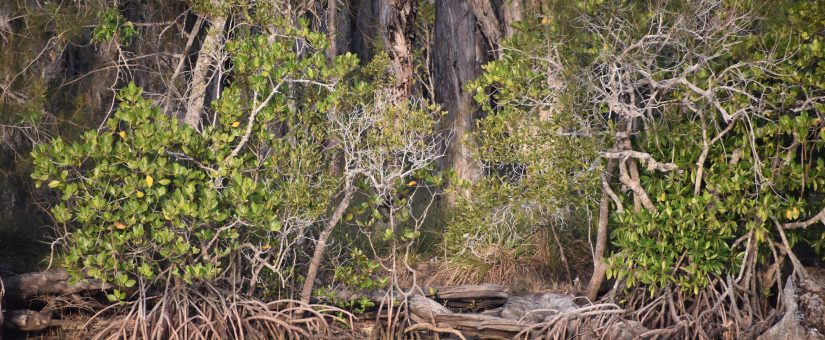
Co-occurrence of ecosystem services to inform global mangrove conservation planning
- Posted by Alex White
- On February 7, 2024
Written by Alex White and Jasmine Hall
Mangrove forests provide important ecosystem services (ES) such as sequestering carbon, supporting invertebrate fish production, and protecting coastlines. These forests are also vital habitats for wildlife and support biodiversity in the land and sea. Despite their importance, mangroves are declining, with protection and restoration efforts ranging from modest local initiatives to international projects. To make informed decisions about where and how to protect mangroves, GLOW researchers created maps that show where these services co-occur and intersect with important areas for biodiversity. These maps can help guide decisions about where to maximise the benefits of restoration and conservation.
In this study, the team focused on biodiversity, carbon storage, fish and invertebrate production, and coastline protection. By having a multi-service focus, we can implement strategic mangrove protection, depending on what conservation outcomes are trying to be achieved. For instance, instead of saving mangroves for one reason, like storing carbon, we can focus on places where we get multiple benefits, like carbon storage and fish production. What we uncovered, was that countries like Vietnam, Oman, Ecuador, and China have many places where these benefits are consistently linked. For countries where services were negatively correlated, restoration and conservation initiatives may need to consider protecting different things in different places. Ultimately, the best strategy for protection will vary from one country to another and this fact alone should be acknowledged for effective conservation.
Whilst our analyses and maps can help us make smart decisions about where and how to protect mangroves to support nature and people, we need to consider local conditions, costs, and communities’ needs when planning these efforts. This research is a great starting point, but we still have work to do to make sure our conservation efforts match the needs and values of local communities. It’s all part of a global effort to protect these important natural areas for future generations. Read the full article here:
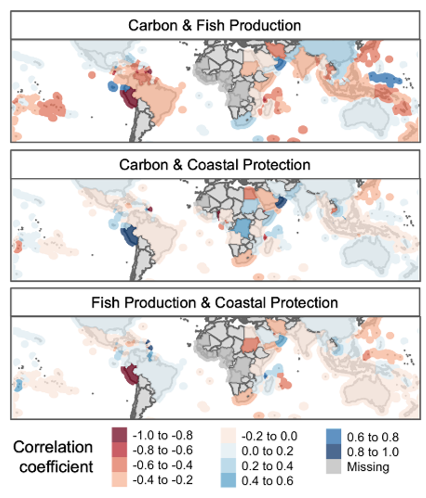
Figure from Sievers et al., 2023: Spearman rank correlation coefficients for all cells within each nation for three ecosystem service pairs. Positive correlations (blue) indicate high ES congruence at cells within nations, while no or negative correlations (white to red) mean low or even no congruence (i.e., services largely occur in different cells within nations).
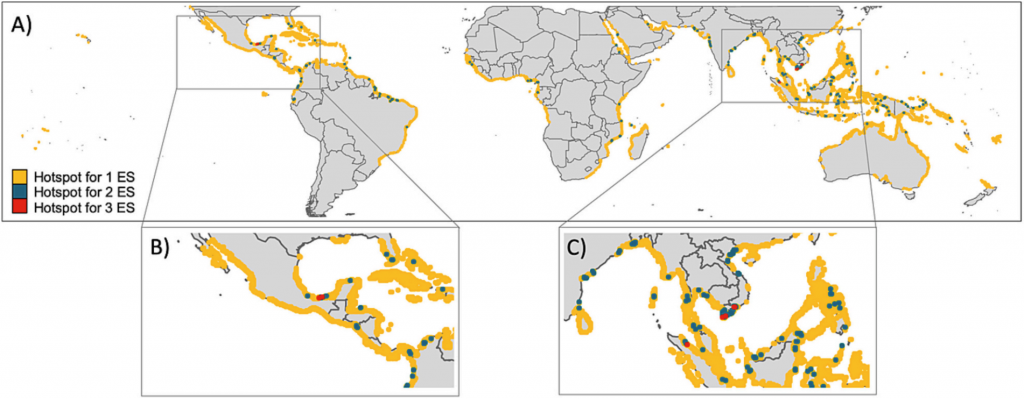
Cells (20 × 20 km grid cells containing mangroves) that are hotspots for one or more ecosystem service (ES) (i.e. carbon storage, invertebrate and fish abundance, and/or coastal protection).
Sievers et al. 2023. STOTEN. 904, 166357.


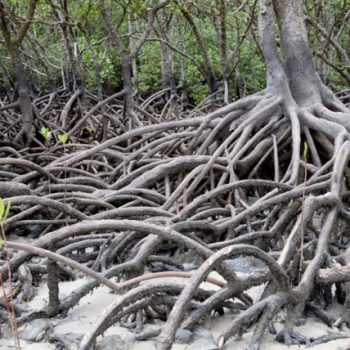
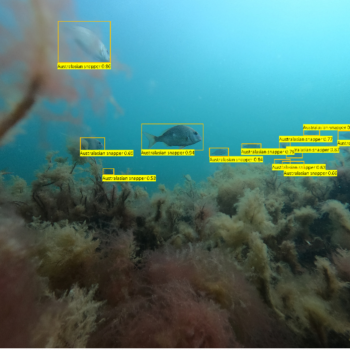
0 Comments